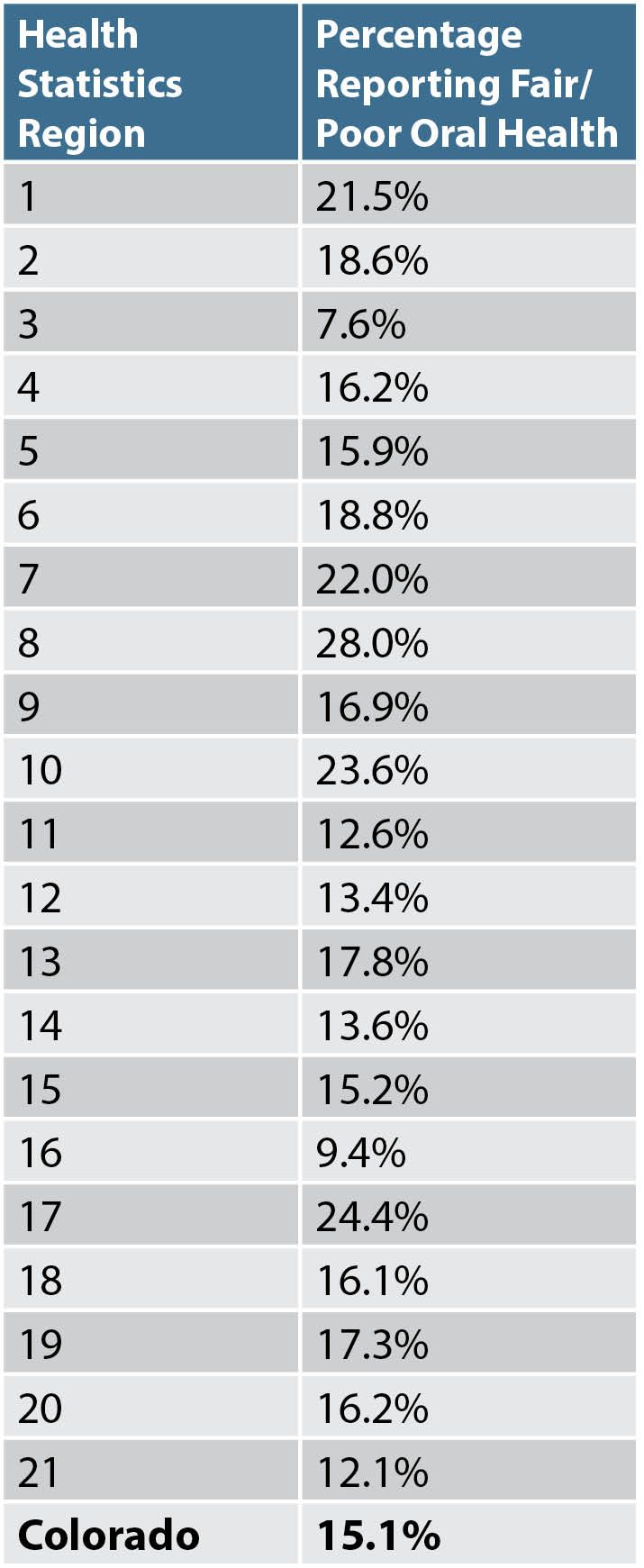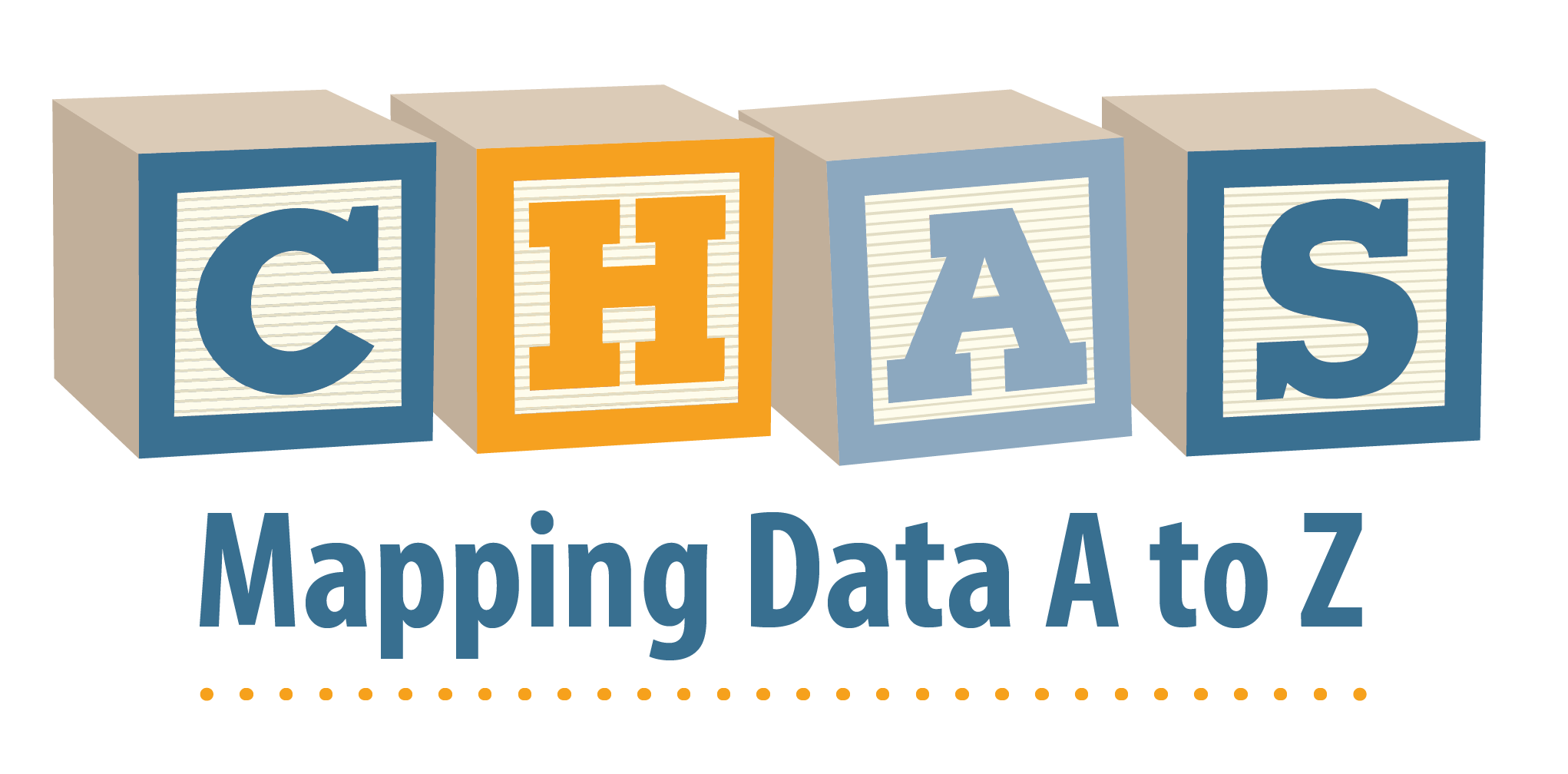
The percentage of Coloradans with fair or poor oral health decreased to 15.1 percent in 2015 from 17.0 percent in 2013.
That slight improvement coincides with an increase in the number of Coloradans who have visited a dentist or dental hygienist in the past 12 months (68.3 percent in 2015, compared with 65.3 percent in 2013). Policy changes may have led to these positive changes. Colorado began offering dental benefits to all Medicaid clients in 2014, and the Affordable Care Act requires health plans to include a pediatric dental benefit.
Even though more Coloradans have access to dental insurance, there are striking disparities in oral health, which may be fueled by income status.
In Douglas County — the highest earning county in Colorado — only 7.6 percent of the population reports fair or poor oral health. But in the San Luis Valley — home to some of the lowest-income counties in Colorado — 28.0 percent of the population reports fair or poor oral health.
There’s a hope that as more Coloradans get dental insurance, their oral health will improve. But it’s not that simple. It’s possible that some of the people who have Medicaid don’t know that the dental benefit exists. In fact, only 78.2 percent of Coloradans on Medicaid report that they have dental insurance.
And people who have dental insurance also must be able to take time off work and find transportation to the dentist’s office.
Efforts are emerging to improve access to dental care. For example, a hub and spoke model has been introduced in rural areas. Dentists travel from their primary location (the hub) a few days a month to outlying communities (the spokes) to offer preventive services with the assistance of hygienists.


